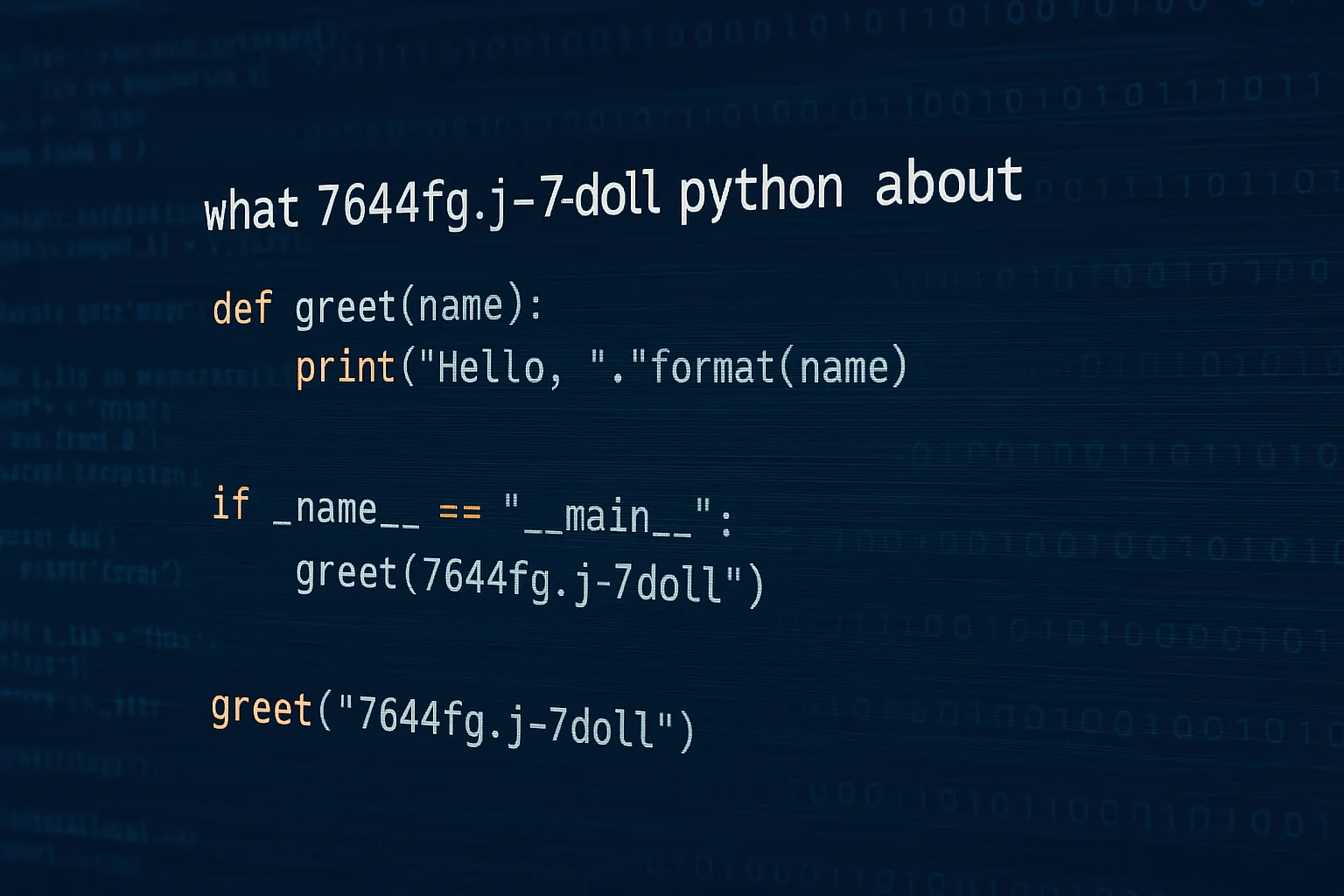Introduction
If you’ve faced problems with okcfoz4.5l install ohilfoz4.5l, you’re not alone. Many users encounter unexpected issues when trying to run this installation on Windows or other operating systems. Whether it’s compatibility errors, missing dependencies, or system crashes, this guide will help you identify, troubleshoot, and resolve the most common problems.
This article is designed to assist developers, IT professionals, and even casual users who need clear answers. We’ll also explore best practices and expert suggestions to ensure a smooth setup.
Benefits of problems with okcfoz4.5l install ohilfoz4.5l
While the keyword suggests problems, understanding these issues actually brings benefits, especially in pre-installation prep and error handling.
How It Helps in Software Optimization
Identifying bugs and dependencies early
Improving installation reliability
Reducing system resource conflicts
Allowing smoother post-install configuration
Once issues are addressed, you’re left with a cleaner, more efficient setup.
Key Advantages for Developers and Users
Error Handling Knowledge: Prepares you for similar future installs
System Compatibility Awareness: Helps prevent crashes
Efficiency Gains: Reduces repetitive reinstall attempts
Technical Confidence: Strengthens your troubleshooting skills
Learning from problems with okcfoz4.5l install ohilfoz4.5l gives long-term software stability.
How to Use/Apply problems with okcfoz4.5l install ohilfoz4.5l
Step-by-Step Guide
Check System Requirements:
Ensure OS version, memory, and software dependencies meet installation needs.
Download from Official Source:
Use the verified website or a GitHub repository if applicable.
Run as Administrator:
This avoids permission-based installation failures.
Install Dependencies First:
Libraries like .NET, Python, or runtime environments are often required.
Check for Conflicts:
Disable antivirus and close unnecessary apps during installation.
Execute Setup File:
Follow prompts and choose proper directory paths.
Verify Installation:
Run a test to ensure everything installed correctly.
Common Mistakes to Avoid
Ignoring Error Logs: Logs can pinpoint exact issues.
Installing on Unsupported OS Versions: Always double-check compatibility.
Running Without Admin Access: Causes silent installation failure.
Not Updating Drivers: System drivers might block successful setup.
Avoiding these mistakes resolves the majority of problems with okcfoz4.5l install ohilfoz4.5l.
Best Practices for problems with okcfoz4.5l install ohilfoz4.5l
Tips & Tricks for Better Results
Use a Virtual Machine for risky or test installations
Create a System Restore Point before starting
Use Dependency Checkers to identify what’s missing
Perform Clean Boot Installations for minimal conflict
These help ensure a smooth, clean installation experience.
Expert Recommendations
IT experts recommend:
Keeping logs of failed attempts to identify recurring issues
Running disk cleanup and registry repair tools before installing
Using CLI installations instead of GUI for more control
Checking official documentation for manual override commands
Check platforms like Stack Overflow or Reddit Dev Threads for community-proven solutions.
FAQs About problems with okcfoz4.5l install ohilfoz4.5l
What causes okcfoz4.5l to fail during install?
Common reasons include:
Corrupt installation files
Missing required runtimes
Insufficient permissions
Conflicts with antivirus or background apps
Can I install ohilfoz4.5l manually?
Yes. If the automatic installer fails, try:
Extracting files manually
Using command-line installation methods
Installing dependencies one-by-one
Is this problem limited to Windows?
While most issues arise on Windows 10/11, some Linux distributions may also experience compatibility glitches, particularly if required packages aren’t installed.
Will reinstalling fix the problem?
Not always. It’s best to uninstall, clean system junk, restart, and then reinstall — ideally with administrator access.
Conclusion
Problems with okcfoz4.5l install ohilfoz4.5l might seem frustrating at first, but they’re solvable. With a structured approach — including system checks, dependency management, and correct installation methods — you can get your system running efficiently in no time.



